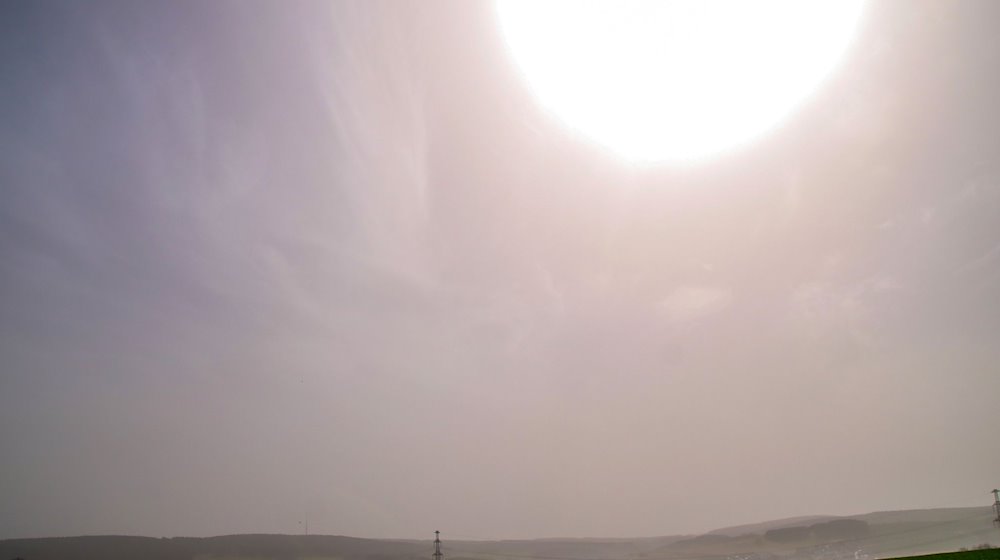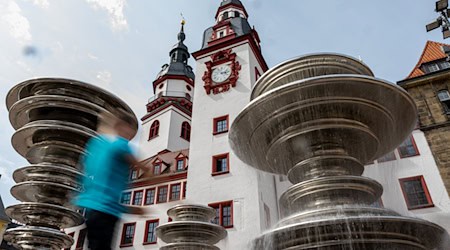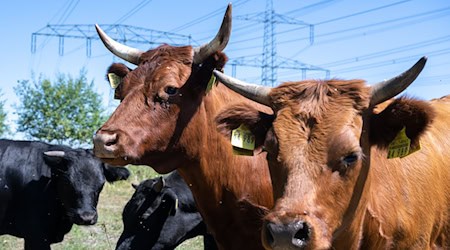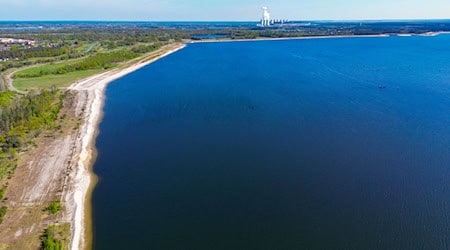The Saharan dust that lingered in Saxony over the Easter period caused the concentration of particulate matter in the air to rise to "exceptional levels". According to the State Office for the Environment, Agriculture and Geology (LfULG) in Dresden on Tuesday, the daily limit of 50 micrograms per cubic meter of air was exceeded across the board at all measuring stations in the state on Saturday and Sunday. The peak daily average of 140 micrograms at the Carlsfeld station in the Ore Mountains was almost three times higher, while the highest hourly average of 239 micrograms was recorded in Görlitz.
According to the LfULG, numerous Easter bonfires had an additional impact on air quality. "The concentrations of soot, a component of particulate matter, were significantly higher in the evening hours, especially on Sunday." In Dresden-Nord, even more than 8 micrograms per cubic meter were measured - in 2023, this value averaged 0.5 to 1.0 micrograms per cubic meter in Saxony. With the change in the weather, particulate matter concentrations reportedly fell "well below the daily limit" again.
Copyright 2024, dpa (www.dpa.de). All rights reserved










